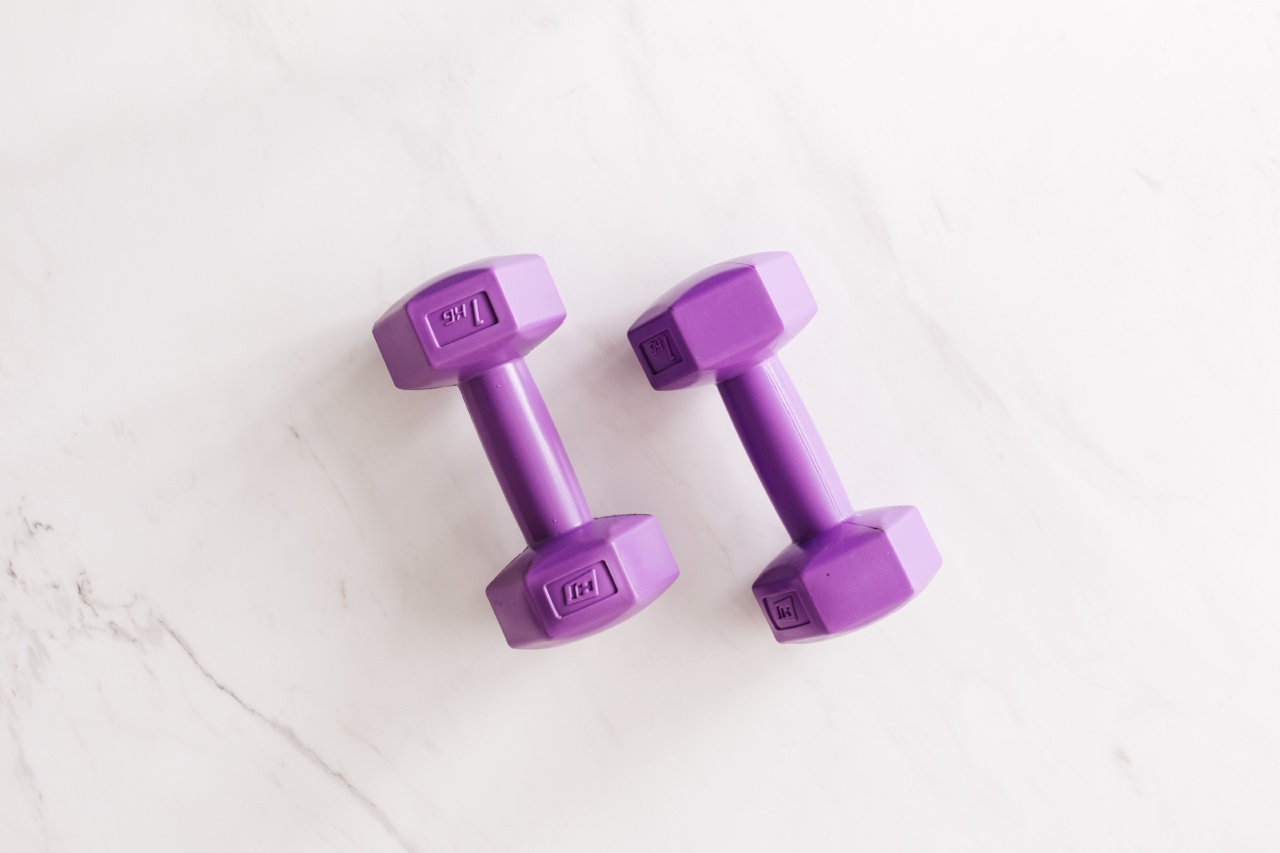Lifting heavy objects can cause serious damage to your waist. When you are lifting something heavy, you are putting a lot of strain on your lower back muscles.
If you are not careful, you could suffer from a herniated disc, muscle strain, or other injuries. Here are 30 tips for protecting your waist while lifting heavy objects.
1. Wear comfortable shoes
Wear comfortable shoes with good support while you are lifting. This will help to keep your posture in check and reduce the risk of injury.
2. Stand close to the object
Stand close to the object that you are lifting. This will help you to maintain your balance and keep your center of gravity over the load.
3. Keep your back straight
Keep your back straight when you are lifting. Bending your back can cause strain and injury to your lower back.
4. Bend your knees
Bend your knees when you are lifting. This will help you to use your leg muscles to lift the load, taking pressure off your lower back.
5. Don’t twist your body
Don’t twist your body while you are lifting. This can cause unnecessary strain on your spinal muscles and lead to injury.
6. Get help
Get help if the load is too heavy. Don’t try to lift something that you can’t handle by yourself.
7. Use a dolly
Use a dolly or other lifting equipment to move heavy objects. This will help to reduce the strain on your back muscles.
8. Stay hydrated
Stay hydrated while you are lifting. Dehydration can lead to fatigue and muscle cramps, which can increase your risk of injury.
9. Stretch before lifting
Stretch before lifting to warm up your muscles. This will help to reduce the risk of injury and improve your range of motion.
10. Don’t rush
Don’t rush when you are lifting. Take your time and move slowly and deliberately.
11. Use your core muscles
Use your core muscles when you are lifting. This will help to stabilize your spine and reduce the risk of injury to your lower back.
12. Lift with your legs
Lift with your legs, not your back. Use the power of your leg muscles to lift the load and keep your back straight.
13. Check the weight
Check the weight of the load before you lift it. Don’t assume that it is lighter or heavier than it looks.
14. Keep the load close to your body
Keep the load as close to your body as possible. This will help you to maintain your balance and reduce the risk of injury.
15. Take breaks
Take breaks between lifting sessions. This will give your muscles time to recover and reduce the risk of injury.
16. Lift with a straight back
Lift with a straight back. Arching your back can cause strain and injury to your lower back.
17. Avoid sudden movements
Avoid sudden movements while you are lifting. This can cause strain on your spinal muscles and lead to injury.
18. Maintain proper posture
Maintain proper posture while you are lifting. This means keeping your shoulders back and your chest out.
19. Don’t lift objects above your head
Don’t lift objects above your head. This can cause unnecessary strain on your spinal muscles and lead to injury.
20. Use proper lifting technique
Use proper lifting technique when you are lifting. Lift with your legs, not your back, and keep your back straight.
21. Get enough rest
Get enough rest between lifting sessions. This will give your muscles time to recover and reduce the risk of injury.
22. Use your legs to push
Use your legs to push heavy objects. This will help to reduce the strain on your back muscles.
23. Avoid lifting heavy objects alone
Avoid lifting heavy objects alone. Always get help if the load is too heavy to lift by yourself.
24. Use proper footwear
Use proper footwear with good support when you are lifting. This will help to keep your posture in check and reduce the risk of injury.
25. Use proper lifting equipment
Use proper lifting equipment, such as straps or braces, to protect your back muscles while you are lifting.
26. Don’t lift objects that are too heavy
Don’t lift objects that are too heavy for you to handle. This can cause serious injury to your lower back.
27. Use your arms for balance
Use your arms for balance when you are lifting. This will help you to maintain your center of gravity and prevent falls.
28. Don’t rush lifting
Don’t rush when you are lifting. Take your time and move slowly and deliberately to reduce the risk of injury.
29. Lift with your legs and not your back
Lift with your legs and not your back to reduce the risk of injury to your lower back muscles.
30. Get regular exercise
Get regular exercise to strengthen your core muscles and reduce the risk of back injury while lifting heavy objects.


























